Sometimes the space around a subject is just as important as the subject itself. Ellie Rothnie explains how to effectively use negative space in your images
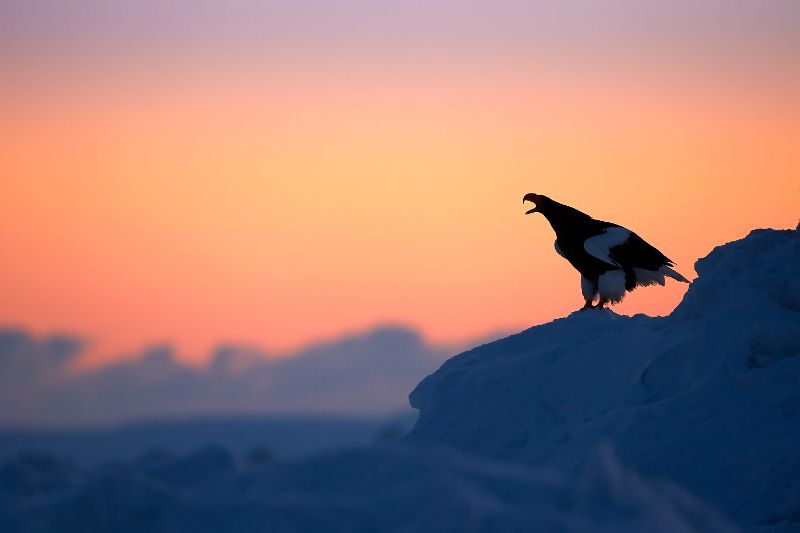
All images by Ellie Rothnie.
We often hear the term ‘negative space’ being used in photography. So what do we mean by this and why is it relevant when we are taking an image?
Negative space is used in any visual art, from photography and design, to stage and film. In fact, it has been used as a guiding compass for composition for hundreds of years and is visually something that we accept in everything from Hollywood films to oil paintings, without really thinking too much about it.
In photography, it can be a way of transforming a good image into a great image, creating a much better composition and a natural balance between your subject and its environment. It’s also something that magazine editors like, because it provides empty space for headlines and copy.
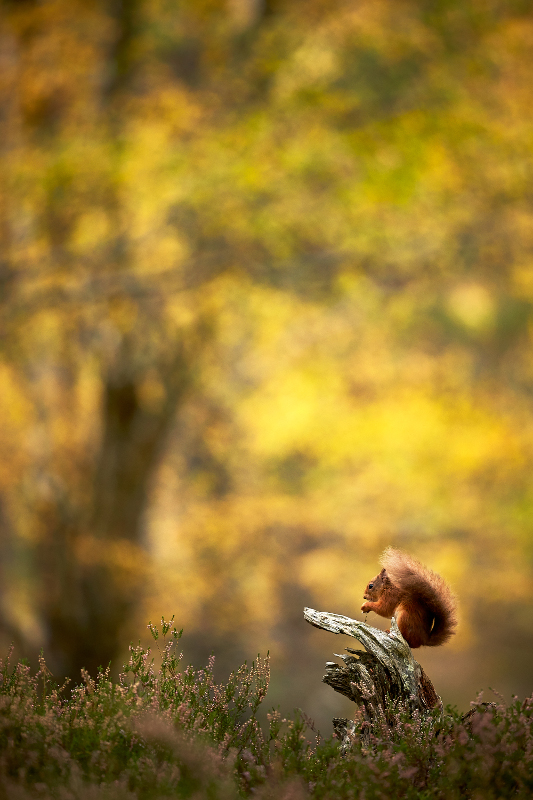
What do we mean by negative space?
In simple terms, it is the space around the subject of your image which allows that subject to breathe – an example could be a space for a bird to move into (or fly out of). In wildlife photography, the space is the subject’s habitat, whether that be a simple snowy landscape or an ancient woodland.
Negative space is also something a bit more too.
Good use of negative space can dramatically change the mood of an image. It can generate positive emotions in the viewer by creating a sense of airiness and lightness. If the subject is very small in the frame, it can go a step further and create a sense of loneliness. It can also make a viewer feel uneasy by jarring their preconceptions, especially if the subject is looking away from the negative space instead of looking into it.
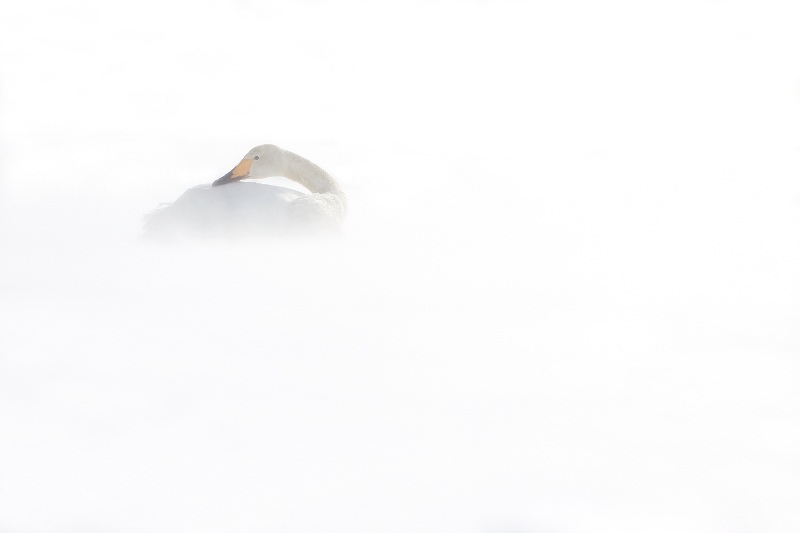
How to do it
It’s so easy to focus on the main subject in our images, taking frame-filling portrait shots. Personally, I love the ‘up close and personal’ wildlife portraits, and a lot of my portfolio features this style of imagery, where I use a 500mm telephoto and concentrate on my subject’s eyes and facial expressions to make an emotional connection. However, increasingly, I have also been taking a literal and metaphorical step backwards by looking at the wider environment to see if there are interesting shapes, forms, spaces and textures that I can use as part of the composition.
As with any composition, it’s important to always look at the foreground and background, and decide what you want to include, as well as – more importantly – what to leave out. If possible, change your aspect and position to make the most of the habitat, and switch to a shorter lens, like a 24-70mm or 300mm in order to ‘pull away’ from your subject. Placing your subject using the rule of thirds, with lots of simple space around it also helps to create a much stronger composition.
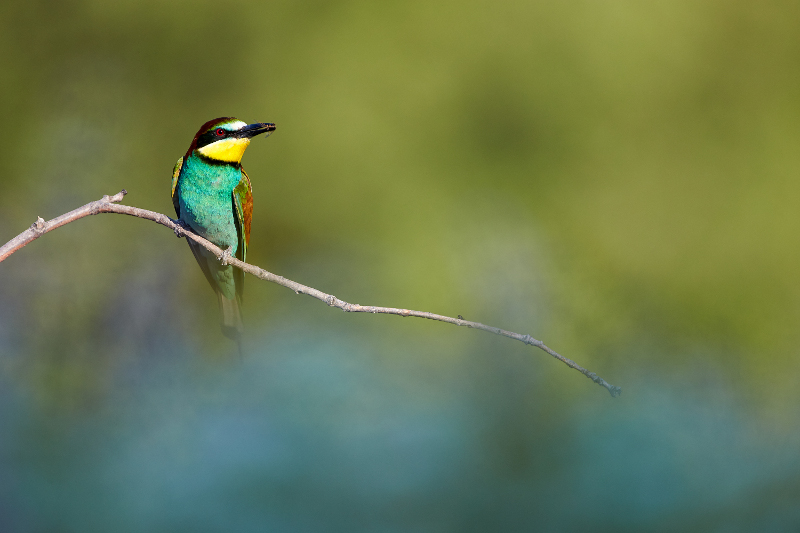
It’s so easy to focus purely on your subject when looking through the lens, ignoring the habitat. I have found it useful to switch my concentration from the subject to the environment when looking through the lens, studying the space and composing the image accordingly. This technique forces you to see empty space and compose your image until it is well balanced, to a point where the subject and space around it are working in balance together.
So try it, and you should see much stronger compositions as a result. Negative space is an incredibly powerful technique; it makes the subject much smaller, but actually draws attention straight to it. A small change in how you approach a shot can make a huge difference in composition.
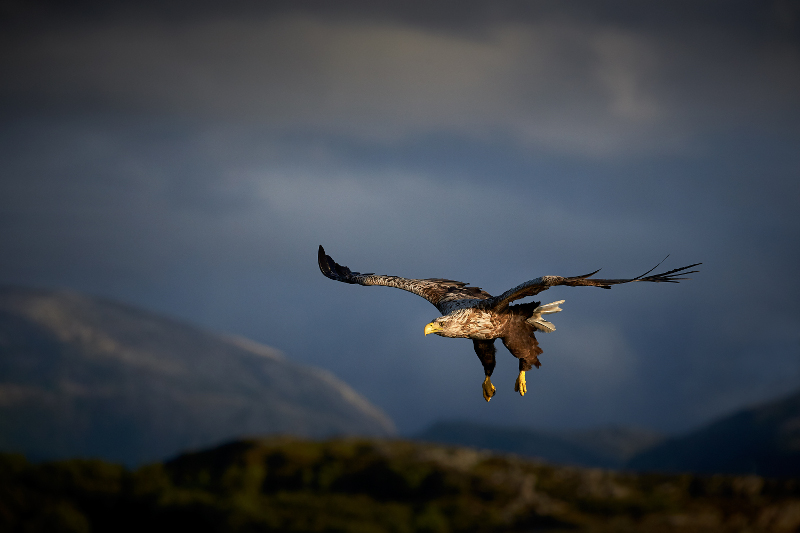
Tips
- Look at your subject’s habitat in terms of shapes, forms, textures and colours.
- It’s just as important to decide what to leave out, as it is what to leave in.
- Shorten your lens, move back and change your aspect.
- Think about how much emptiness you wish to create, and use your lens' reach and/or position to make the subject larger or smaller in the frame.
- Remember the rule of thirds.
- Be generous with empty space; it’s good and doesn’t need to be filled.
About the Author
Ellie Rothnie is an award-winning freelance wildlife photographer, tour leader and photographic guide based in the UK. Visit her Instagram, Twitter and website to see more of Ellie’s work.
Related articles
High-Key and Low-Key Lighting | How to Create Dramatic Wildlife Imagery
The Opportune Moment | Landscape Photography in Zion National Park
Gain Followers and Build a More Successful Instagram Page | Five Top Tips

